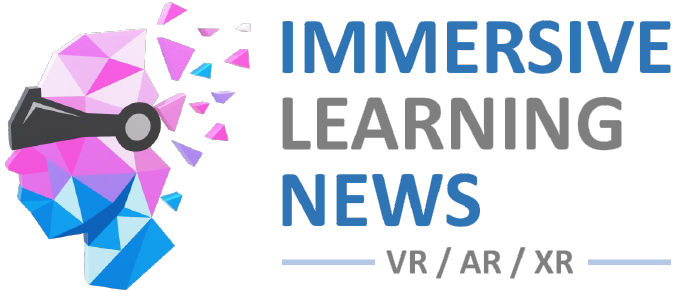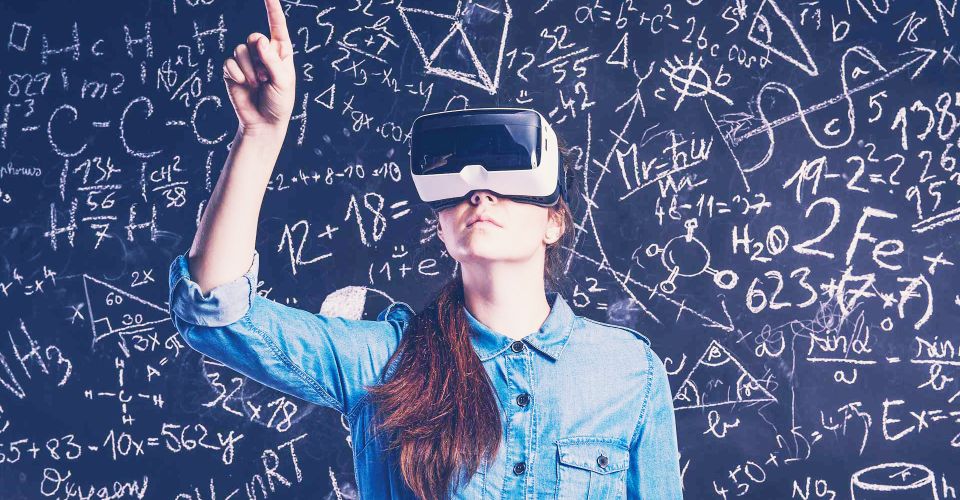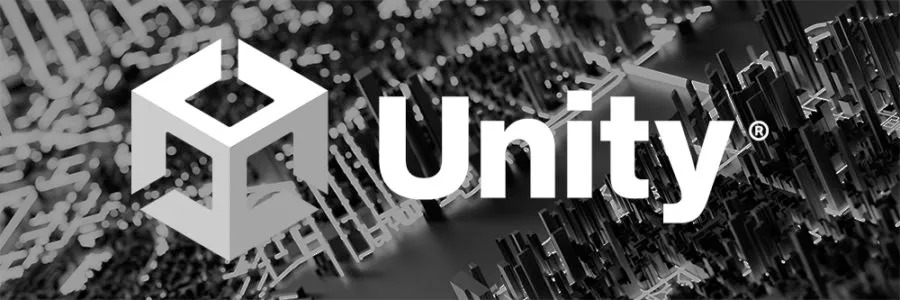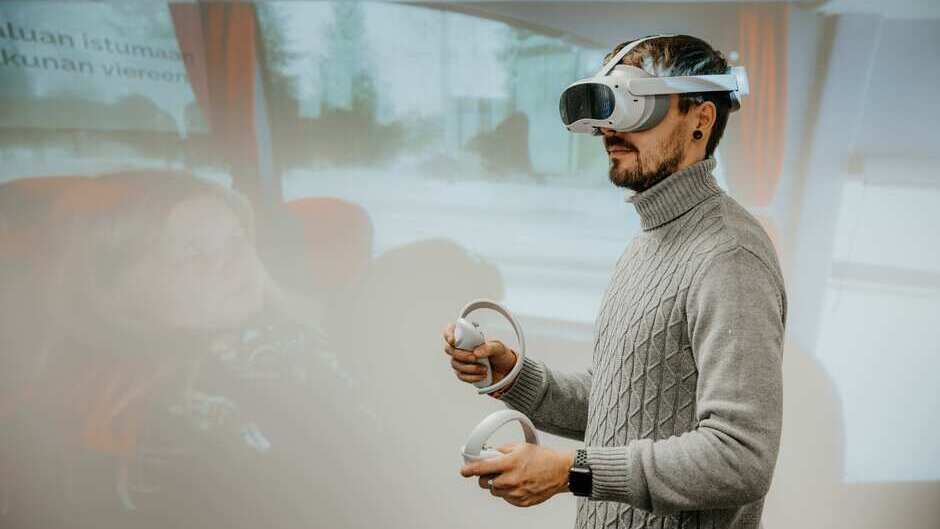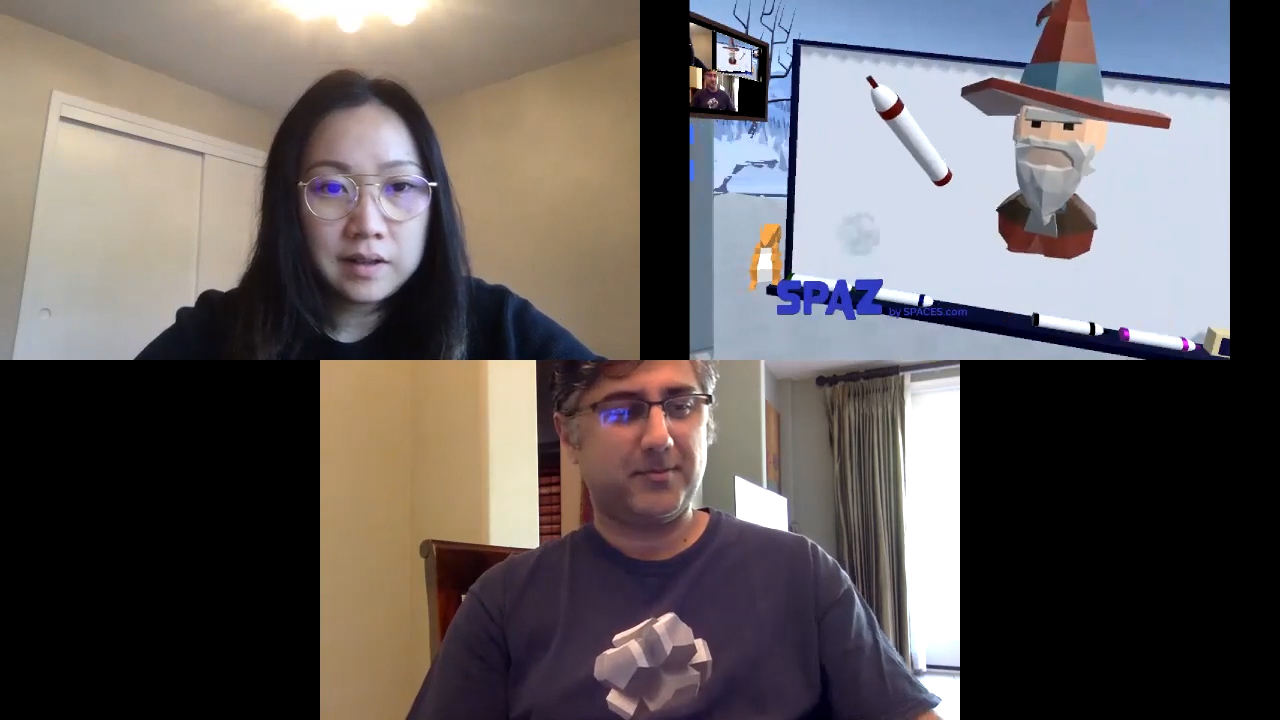VR is being pushed into the classroom to give students a unique perspective on the world and reality, but the technology might have some downsides.
For the first time ever, an entire class will be taught through Virtual Reality at Stanford University. Technology companies like Adobe and Microsoft are pushing augmented reality and VR heavily into the education system, and this latest news shows their efforts are working. Schools and educators are constantly looking for more and more technology tools to enhance learning and information retention, and to make the educational experience more enjoyable. VR is steadily making its way into many different spheres of life and the classroom seems like a logical place to embed VR’s immersive technology, although it could have some drawbacks that may make parents and educators question its effectiveness.
Historically, technology is quickly integrated into classrooms and has demonstrated a positive impact on the educational system and students‘ performance. Look at all that’s transpired since the introduction of the pencil in 1900, which in the grand scheme of things is only a short while ago. Students have been learning through educational radio programs, colorful overhead projectors, entertaining video programs, and advanced personal computers. Nowadays, social media is even playing a role by helping educators connect with their students and facilitate discussion on classroom topics.
VR very well could be the next evolutionary step in educational technology tools, and a communication professor at Stanford is leading the charge by teaching one of his classes entirely with VR. Professor Jeremy Bailenson’s class ‚Virtual People‘ will guide students through virtual reality exercises like meditating in outer space, building unique environments, and creating a performance with different avatars. The course will utilize the ENGAGE VR software which is a virtual meeting platform that’s currently used by huge companies like Facebook. The class will hopefully help students grasp the future role that VR will play in shaping the human experience.
Virtual Reality in the Classroom
Even if the Stanford course shows that VR is a viable tool in the classroom, that doesn’t necessarily mean that VR should be used as a teaching tool all the time and in every educational situation. VR is great for transporting people to destinations that they can’t normally reach or creating environments that don’t exist but people may develop an addiction to virtual worlds that cause people to ignore physical reality. Prolonged periods of VR can make people feel sick, experiencing symptoms like sweating, nausea, dizziness, and headaches. Schools have a hard enough time finding enough funding for educational tools, and outfitting an entire class with VR software & headsets, like the Oculus Rift that costs $400, will be an extreme challenge for institutions.
Regardless of the downsides of VR, its utility in education has inherent value. For example, rather than showing history students a video of the pyramids of Egypt, students could take a VR tour of them and examine true-to-scale virtual models to really grasp the awesomeness of these structures. Just like how the personal computer forever changed the learning experience, VR may have the same tremendous impact that reshapes the classroom dynamic. Educators, faculty, and parents need to make sure that Virtual Reality has its appropriate time and place, so it doesn’t overtake physical reality in the mind of students.
Quelle:
